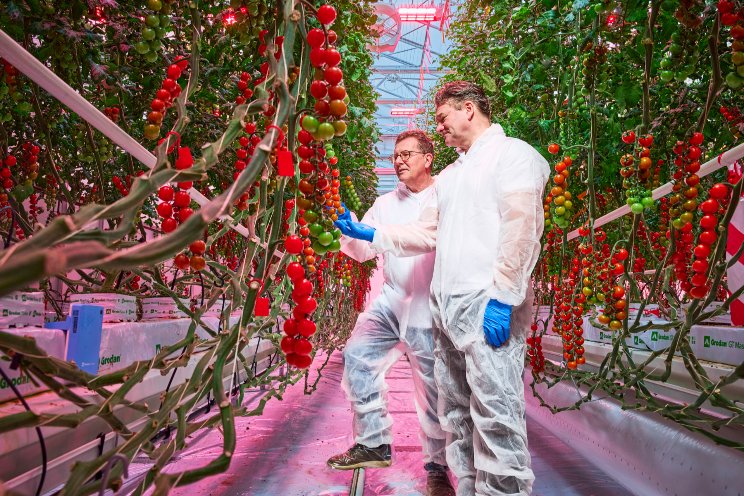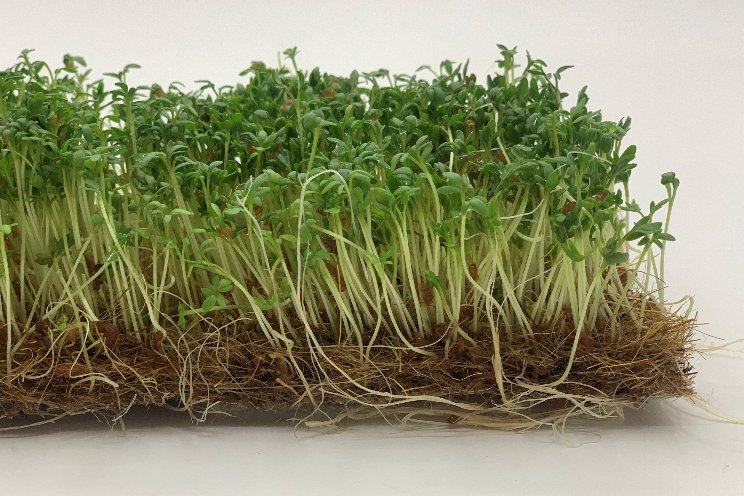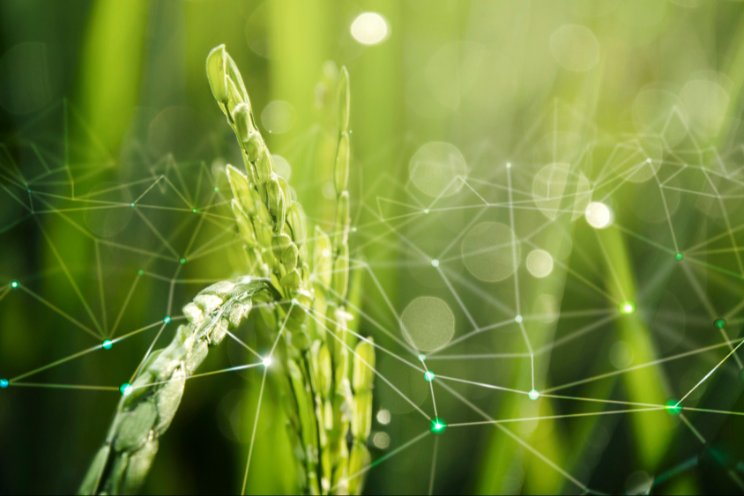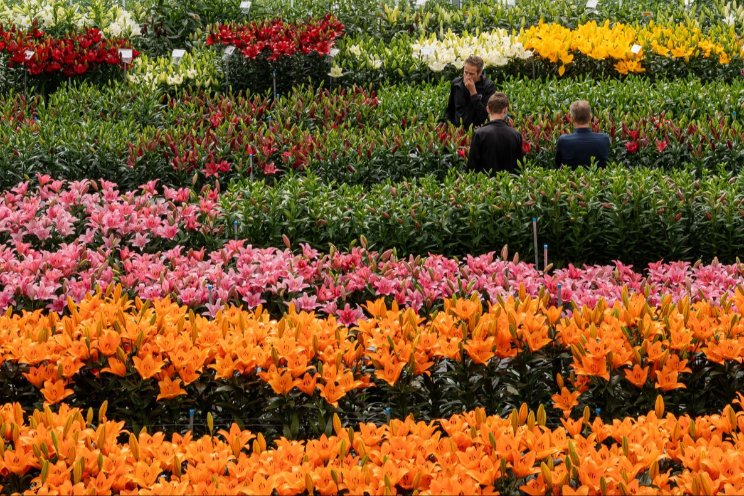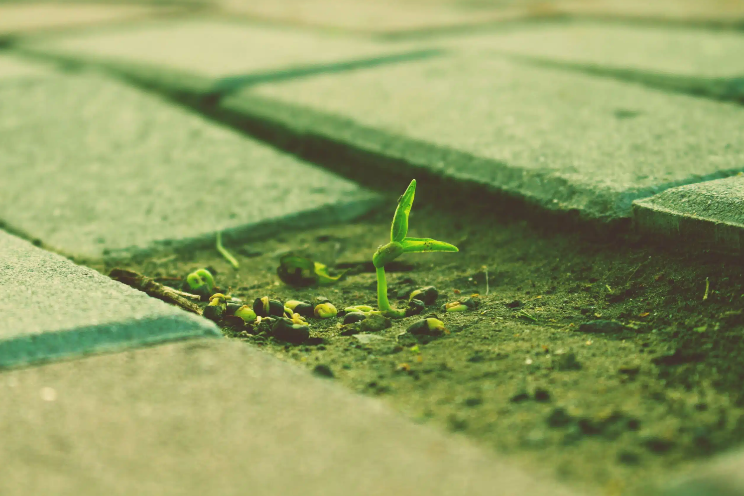Strawberries and the effect of far-red in June bearers
Added on 07 August 2023

Signify has been conducting research into Philips GreenPower LED lighting and the effect of far-red light on June bearing strawberries since 2019. Although some effects were measured, there was no indication that this increased production, so the exact added value in the business case for the grower was difficult to quantify. One challenge was the combination of plant data, variety, and cultivation site. New research was therefore needed to clarify the issue: what role can far-red light play in the cultivation of June bearers?
.jpg)
Toughest months
For this research we conducted a trial at Botany Group with the two most popular strawberry varieties for winter production under artificial lighting: ‘Sonsation’ and ‘Sonata’. They were planted alternately in six rows, with increasing levels of far-red light from 1% to 9%. This enabled us to accurately test the various parameters: what is the effect on plant development, fruit appearance, and production? Another important factor in this study was our choice of planting date: we opted for mid-October to optimally measure the impact of lighting with far-red. This is because mid to late October is the most challenging time to start a winter crop, as there is very little natural light both during the vegetative stage and during harvesting and the effect of the spectrum is therefore at its greatest.
We gave the strawberry plants a total light intensity of 195 micromole/s/m2 including far-red. The maximum lighting period was 16 hours per day, and the total number of lighting hours was approximately 1800.
Safety net
Even after this research, the main conclusion remains unchanged: despite an increase in total growth (stem and leave mass, both dry and fresh weight), adding far-red to the lighting has no effect on production in kg/m2. Other benefits were observed, however, particularly in terms of stem elongation. We know from experience that certain varieties grown under full LED tend to remain on the compact side, which, when combined with other climate factors, can create a poor microclimate around the plant. This can lead to a less active crop, too much moisture around the fruits, and excessive root pressure, which can negatively impact on fruit and crop quality.
Exposure to far-red light encourages elongation of leaf stalks and truss stems, which reduces the risk of these problems occurring. All in all, this creates a greater flexibility in cultivation, allowing greater scope for climate control. This effect was stronger in ‘Sonsation’, which already has a tendency towards stem elongation, than in ‘Sonata’, indicating that the choice of variety also plays an important role and can help deliver better picking performance and thus labor benefits. In addition, it may lead to a reduction in the use of chemicals.
There is no one-size-fits-all solution, so some growers find the decision as to whether or not to use far-red light a tricky one. After all, the most energy-efficient option is to leave it out completely. However, the benefits indicated earlier mean that growers often choose to add 5-6% far-red as a safety net to eliminate the risks outlined above. For this reason, Signify has offered the option of a certain percentage of far-red for June bearers in its standard recipes for some years.
The future
Developments around full LED are moving at breakneck speed, and we constantly keep our finger on the pulse in relation to strawberry. One recent development, for example, is the dynamic light module. The first color-adjustable products are now available, enabling growers to make different choices and opt for greater flexibility without necessarily using more energy. Further research over the next few years should reveal what this means for the grower.
 Peer Hermans is a plant specialist at Signify specializing in soft fruit, lettuce, and young plants. His focus is on translating research into practical advice for growers.
Peer Hermans is a plant specialist at Signify specializing in soft fruit, lettuce, and young plants. His focus is on translating research into practical advice for growers.
More news
